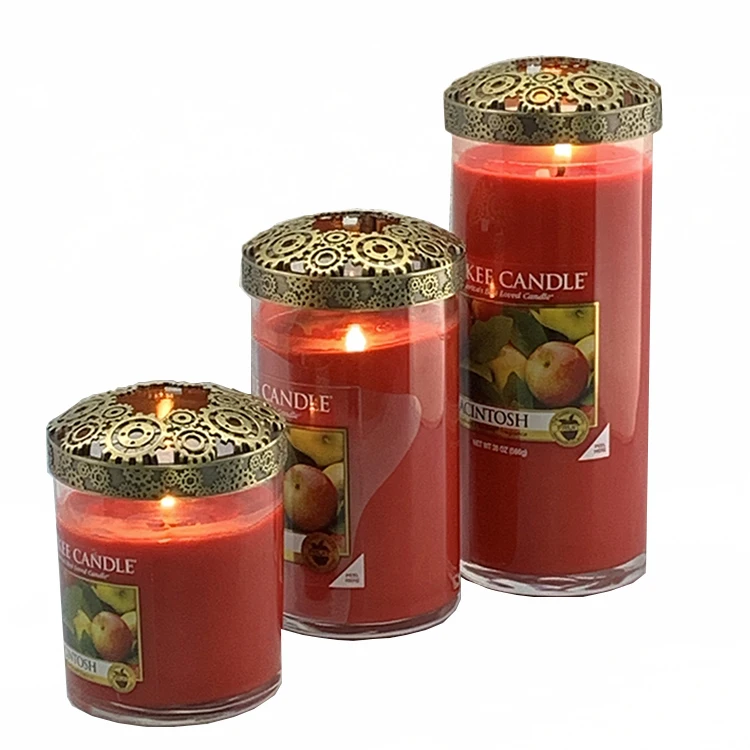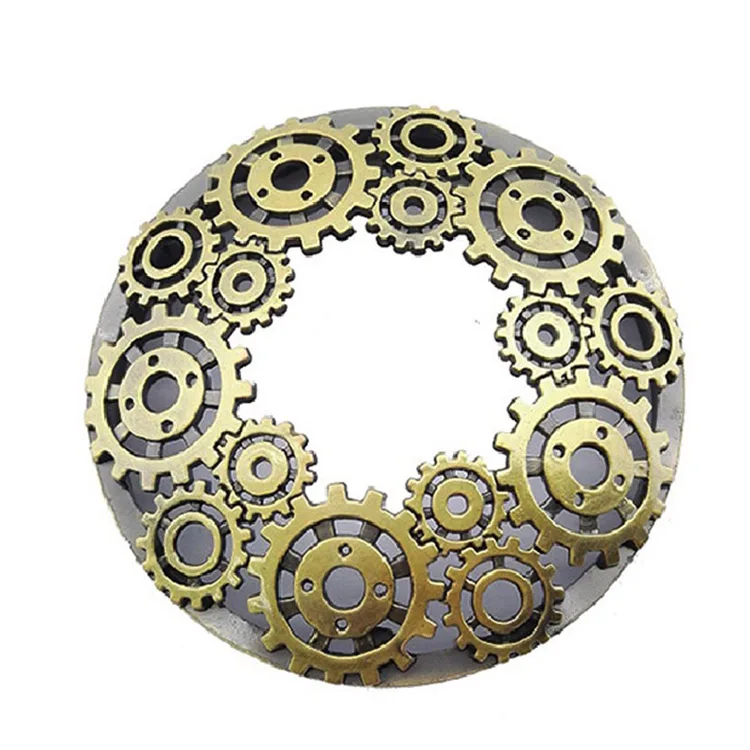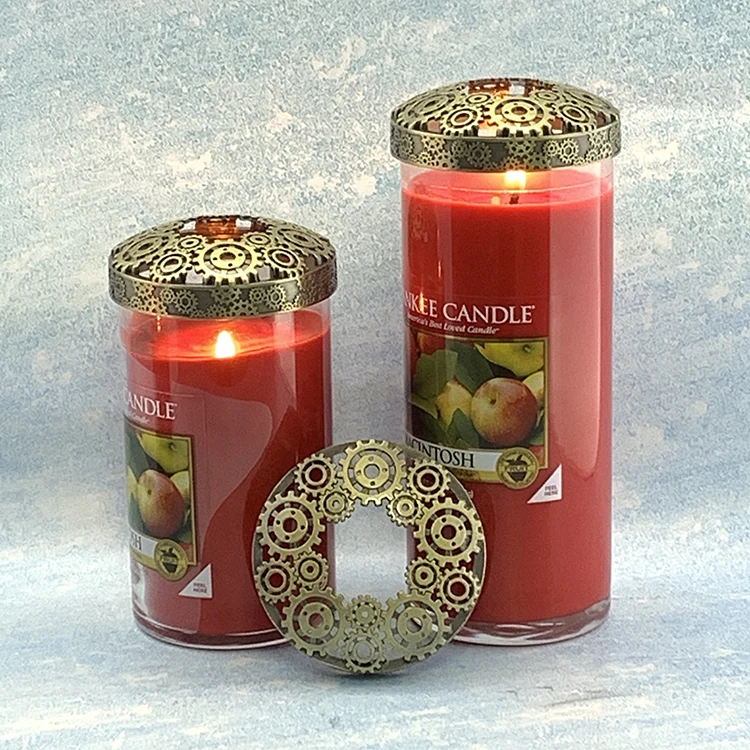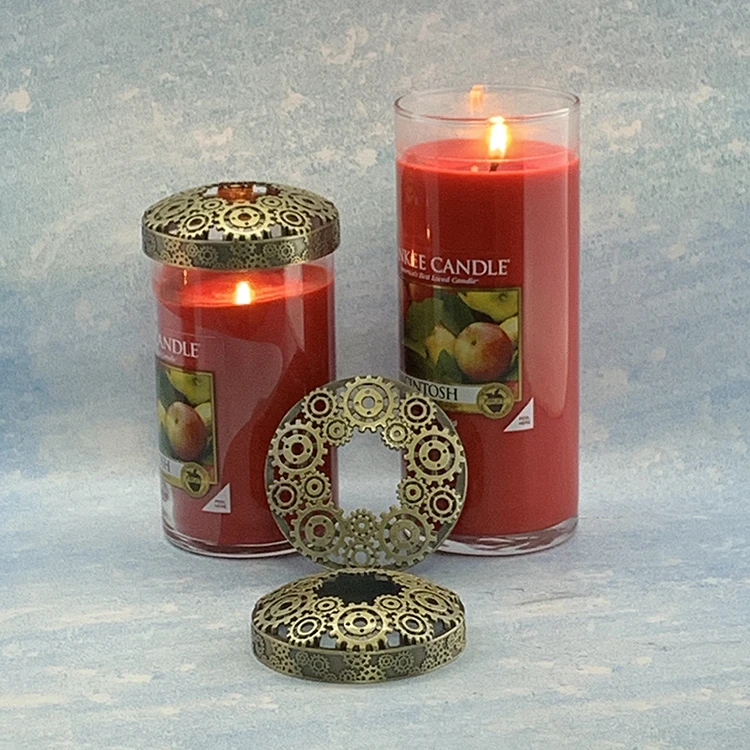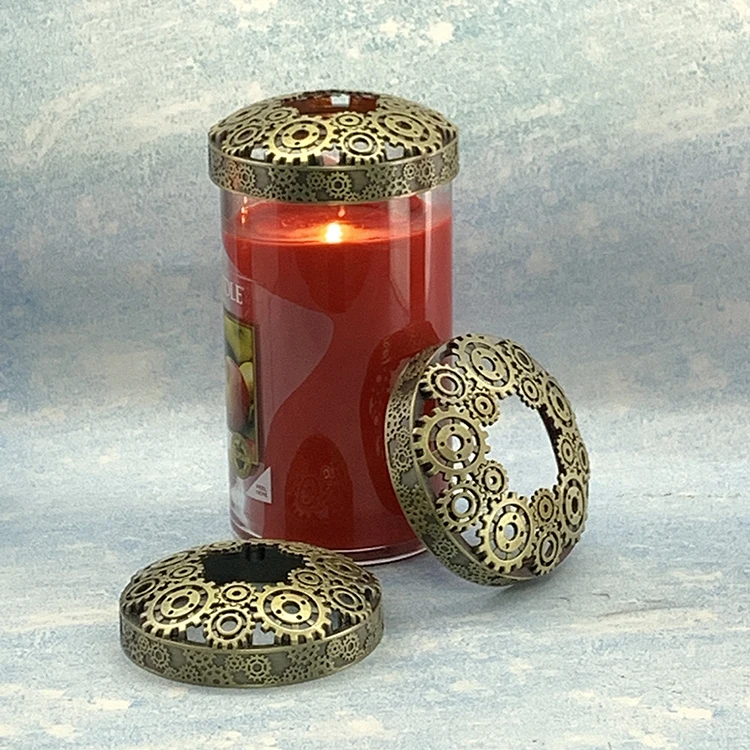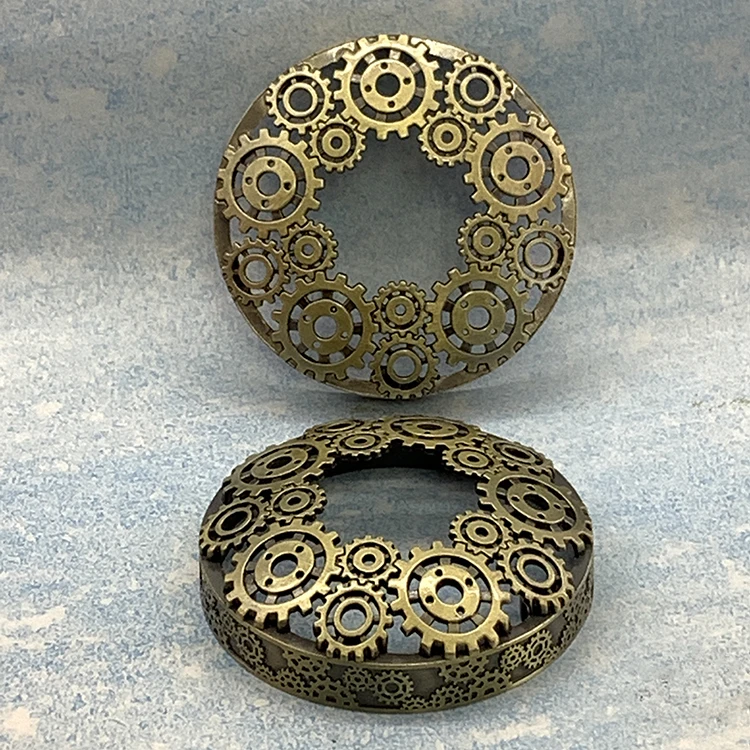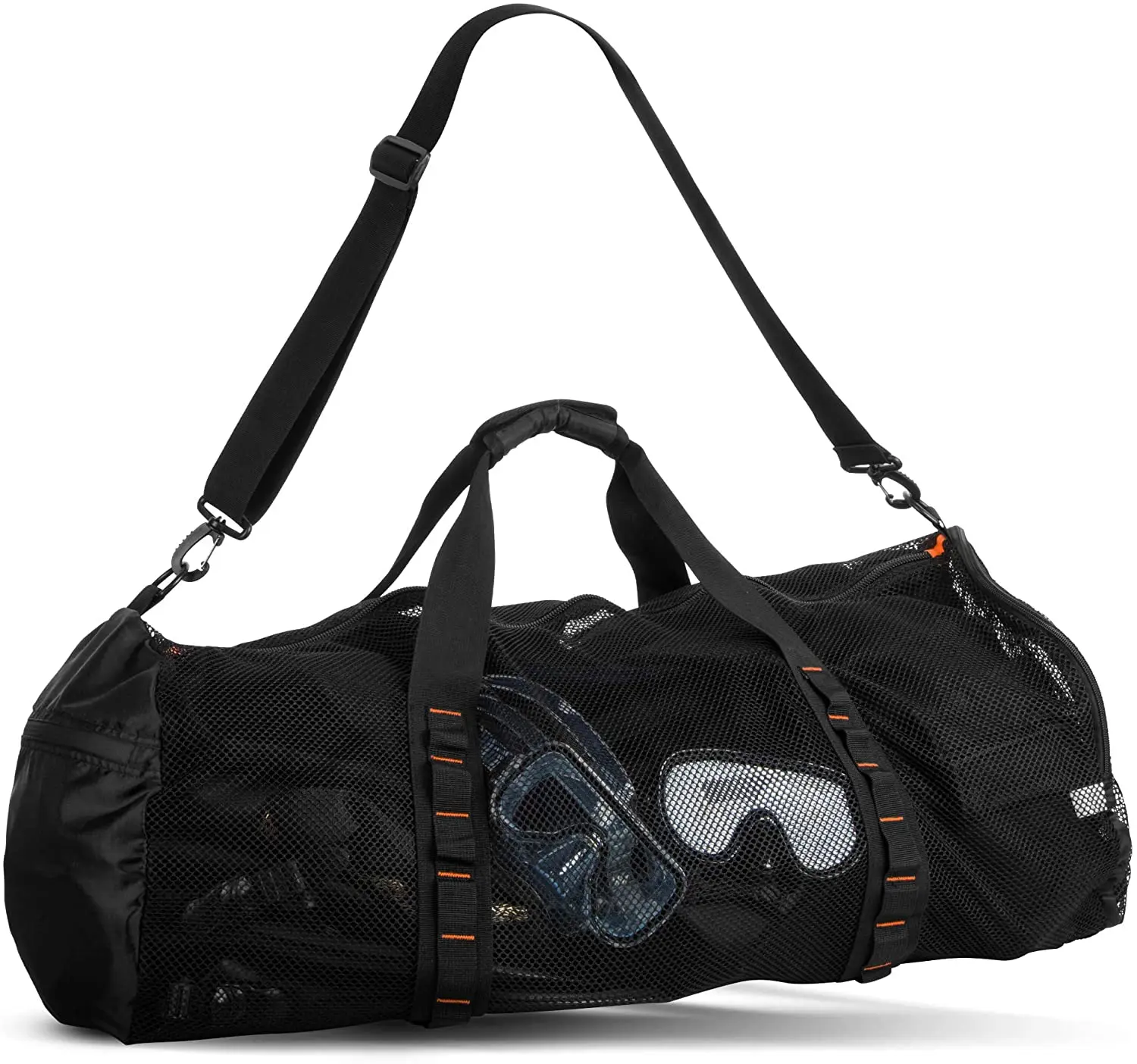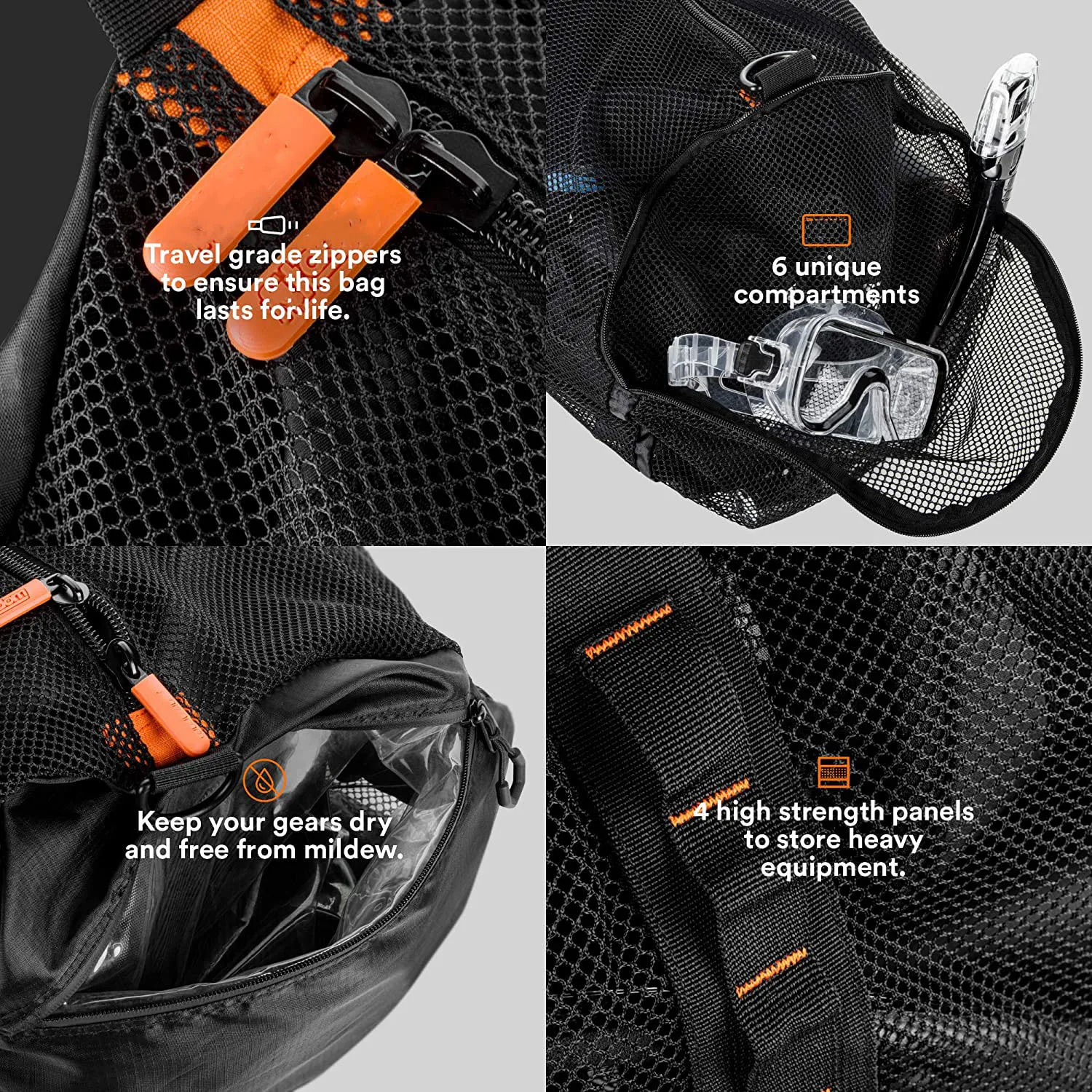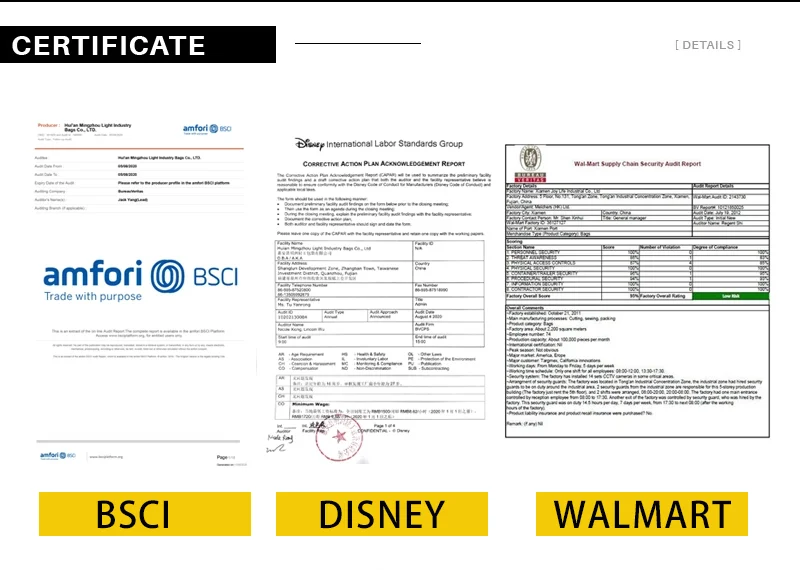Cylindrical Gears: Types, Functions, and How to Source from China
Cylindrical gears are essential components in industrial machinery, known for their efficiency in transmitting motion between parallel shafts. Whether you're sourcing for manufacturing or maintenance, understanding their types, features, and sourcing strategies is crucial.
Types of Cylindrical Gears
Cylindrical gears come in several variations, each suited for specific applications:
- Spur Gears: Simple design with straight teeth, ideal for low-speed applications.
- Helical Gears: Angled teeth for smoother, quieter operation at higher speeds.
- Double Helical Gears: Eliminate axial thrust with opposing helical teeth.
Functions and Features of Cylindrical Gears
These gears excel in torque transmission and speed reduction. Key features include:
- High load capacity due to larger contact area
- Precision machining for minimal backlash
- Material options from steel to plastic for various environments
Scenarios of Cylindrical Gears
Common applications include:
- Automotive transmissions
- Industrial conveyor systems
- Wind turbine gearboxes
How to Choose Cylindrical Gears
Consider these factors:
- Load requirements and torque specifications
- Operating environment (temperature, contaminants)
- Required precision and backlash tolerance
How to Find Reliable Cylindrical Gears from China in 2025
China remains a top sourcing destination with advantages like:
- Cost-effective manufacturing
- Advanced CNC machining capabilities
- Established supply chains
Verify suppliers through:
- Factory audits and certifications (ISO 9001)
- Sample testing before bulk orders
- Payment terms that protect buyers
What Buyers Should Know Before Buying Cylindrical Gears from China
Key considerations include:
- Lead times for custom gears (typically 4-8 weeks)
- MOQ requirements (often 50-100 pieces)
- Shipping and customs clearance processes
Cylindrical Gears Q & A
Q: What's the typical lifespan of cylindrical gears?
A: Properly maintained steel gears can last 5-10 years in industrial applications.
Q: How do I calculate gear ratio?
A: Divide the number of teeth on the driven gear by the driver gear's teeth count.
Q: What lubrication is best for high-speed gears?
A: Synthetic oils with EP additives are recommended for demanding applications.
Q: Can I mix different gear types in one system?
A: While possible, it requires careful engineering to avoid premature wear.
Q: What's the cost difference between Chinese and European gear manufacturers?
A: Chinese suppliers typically offer 30-50% cost savings with comparable quality.





